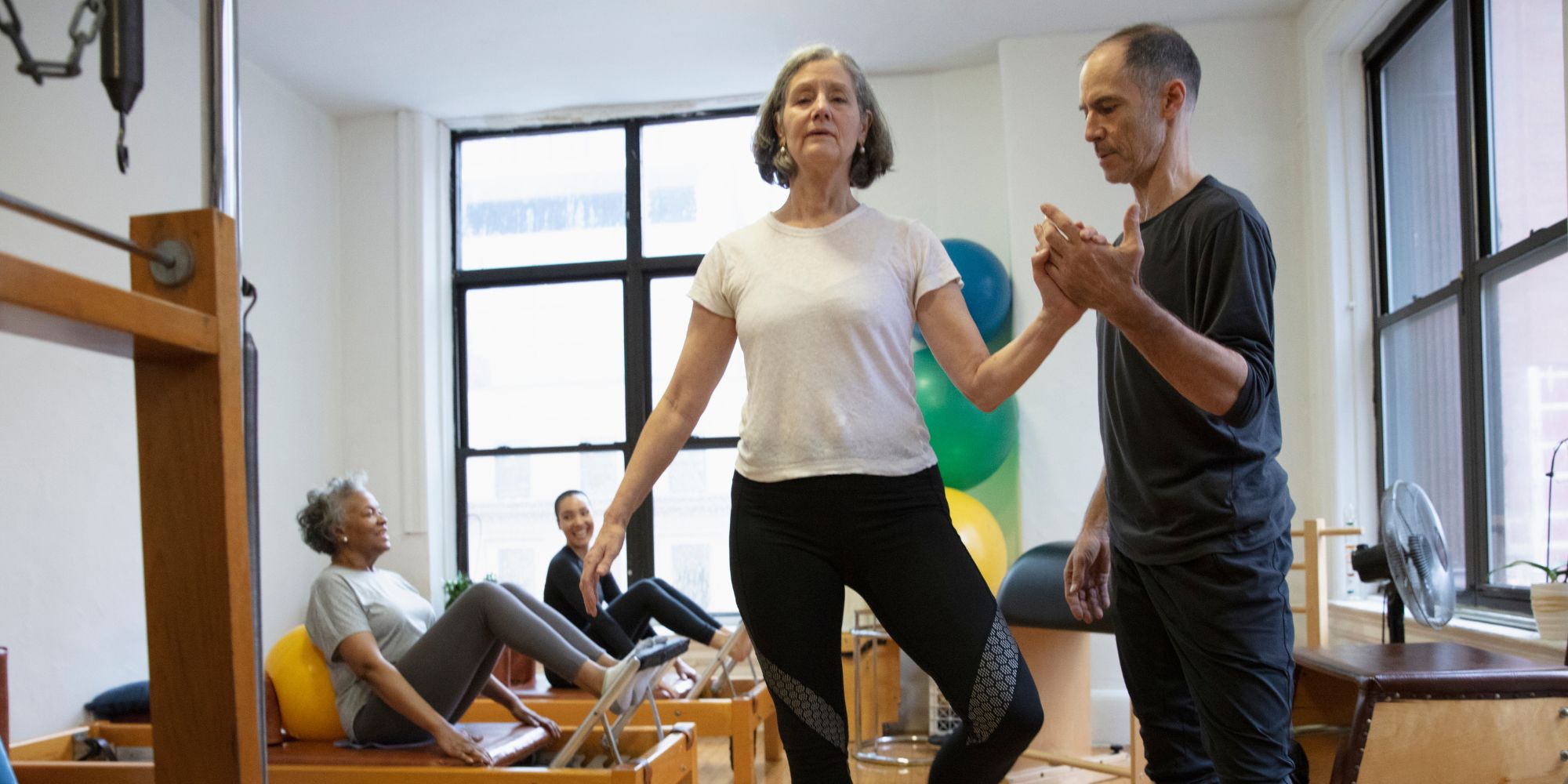Welcome to our little corner of the internet, where we’re dedicated to bringing you the best advice on health, fitness, diet, and product reviews tailored just for you. Today, we’re diving into the wonderful world of pilates for seniors and how it can work wonders for your health and well-being. Ready to stretch those muscles and improve your balance? Let’s get started!
What’s All the Fuss About Pilates?
You might have heard of Pilates before, perhaps in conversations at the coffee shop or on a morning TV show. But what exactly is it? Pilates is a form of low-impact exercise that was developed by a clever chap named Joseph Pilates back in the early 20th century. It focuses on strengthening your core muscles, improving flexibility, and enhancing overall body awareness through a series of controlled movements and breathing exercises.
Why Should You Give Pilates a Go?
As we get a bit older, staying active becomes even more important. The good news is that Pilates is perfect for seniors. It’s gentle on the joints, doesn’t require any fancy equipment, and can be done almost anywhere – even in the comfort of your living room!
Here are some fantastic benefits of Pilates that might pique your interest:
- Improve Flexibility: Pilates involves plenty of stretching, which helps keep your muscles limber and your joints moving smoothly. This can make everyday activities, like bending down to tie your shoes or reaching for a cup on the top shelf, a whole lot easier.
- Strengthen Your Core: Your core muscles are like the foundation of a house – they keep everything stable and supported. Pilates exercises target these muscles, helping to improve your posture and reduce the risk of back pain.
- Enhance Balance and Coordination: Worried about losing your balance? Pilates is great for improving coordination and stability, which can help prevent those dreaded falls.
- Boost Mental Well-being: The focus on controlled movements and deep breathing can be incredibly calming. It’s a great way to reduce stress and promote relaxation, leaving you feeling refreshed and rejuvenated.
- Increase Joint Mobility: If you have arthritis or stiff joints, Pilates can help by gently increasing your range of motion. The movements are designed to be easy on your joints, reducing discomfort and improving mobility.
- Social Interaction: Joining a Pilates class is a fantastic way to meet new people and make friends. It’s not just about exercise; it’s about being part of a community and enjoying the company of others.
Getting Started with Pilates for Seniors
Ready to give it a try? Here are some tips to get you started on your Pilates journey:
- Check with Your Doctor: Before starting any new exercise routine, it’s always a good idea to have a chat with your GP, especially if you have any existing health conditions.
- Find a Friendly Instructor: Look for an instructor who has experience working with seniors. They can tailor the exercises to suit your needs and ensure you’re doing them safely.
- Start Slow and Steady: There’s no rush! Begin with the basics and gradually increase the intensity as you become more comfortable. The key is consistency, not speed.
- Use the Right Equipment: While you can do many Pilates exercises on a mat, you might also find it helpful to use a chair for support or resistance bands for an extra challenge.
Simple Pilates Exercises to Try at Home
You don’t need a fancy studio or special equipment to get started. Here are a few simple exercises you can try at home:
- Seated Marching:
- Sit tall in a chair with your feet flat on the floor.
- Lift one knee at a time as if you’re marching.
- Keep your core engaged and try to maintain a steady rhythm.
- Pelvic Tilts:
- Lie on your back with your knees bent and feet flat on the floor.
- Gently tilt your pelvis upwards, flattening your lower back against the floor.
- Hold for a few seconds, then release.
- Arm Circles:
- Extend your arms out to the sides.
- Make small, controlled circles with your arms, gradually making the circles larger.
- Reverse the direction after a few rotations.
- Leg Slides:
- Lie on your back with your knees bent.
- Slide one leg out straight, then return it to the starting position.
- Alternate legs, keeping your movements slow and controlled.
- Cat-Cow Stretch:
- Get on your hands and knees.
- Arch your back up towards the ceiling (like a cat), then dip your belly down towards the floor (like a cow).
- Move slowly and breathe deeply throughout the exercise.
Wrapping Up
There you have it – a friendly introduction to the wonderful world of Pilates. Whether you’re looking to improve your flexibility, strengthen your core, or just find a new way to stay active, Pilates offers something for everyone. Remember, the most important thing is to listen to your body and go at your own pace. Happy stretching!
If you’ve enjoyed this article, be sure to check out our other pieces on health, fitness, and diet. We’re here to help you live your best life, one step (or stretch) at a time! For more general fitness advice, check out our other fitness articles.
Additional Resources
For further exploration of Pilates and fitness options for seniors, check out these helpful links:
- NHS Pilates Beginner’s Guide – A beginner’s guide from the NHS on Pilates, including benefits, exercises, and tips.
- Age UK Fitness Information – Age UK’s resource page on staying active, with specific advice for older adults to maintain fitness and well-being, including Pilates.
- Pilates Foundation – Find a qualified Pilates instructor near you and learn more about the principles and benefits of Pilates.
- BHF Staying Active – Explore how Pilates can benefit your heart health, with tips and exercises for beginners.

